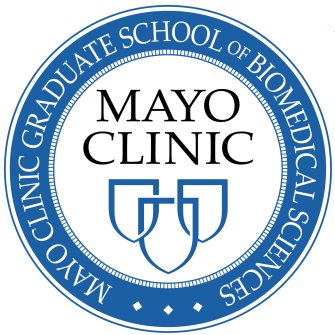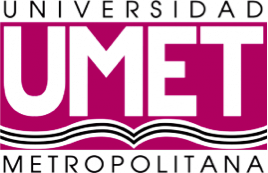Research Experience

As a graduate student, I optimized a simple two-step technique for isolating and characterizing plasma exosomes from glioblastoma patients and shown distinct differences from plasma exosomes from healthy
donors. The central hypothesis to this project is that plasma exosomes frequency and cargo correlate with
tumor burden in glioblastoma patients undergoing immunotherapy treatments.

As a Post- Baccalaureate student, I worked on optimizing the isolation of antigen-specific CD8 T cells from the brain during Theiler’s murine encephalomyelitis virus (TMEV) infection. For this work, I was comparing the efficacy of mechanical homogenization verses collagenase digest of brain tissue to liberate immune cells. Both methods are used in the neuroimmunology field. I determined through my work that antigen-specific T cells and B cells are more optimally isolated using the mechanical based method.

As a Master student, I studied the role of CD38 in a pristane-induced murine model of lupus. We found that CD38- deficient (Cd38−/−) mice developed less severe lupus compared to wild-type (WT) mice, and concluded that CD38 enhances the development of pristane-induced lupus by regulating the cell death of Ly6Chi monocytes and Ly6Clo monocytes/macrophages in a TRPM2-dependent and ART2-independent manner that worsens the early inflammatory response in the peritoneum. Our results highlight the importance of the immunoregulatory role of CD38 in inflammation and in the development of systemic autoimmunity leading to lupus, which should be considered when designing CD38-specific therapies for the treatment of inflammatory and autoimmune diseases.

As an undergraduate student, I worked on determining the percentage of resistance against antiretroviral drugs in a population of HIV+ individuals. Our main objective was to maintain a record of the evolution of the HIV epidemic in Puerto Rico by monitoring the levels of resistance to antiretrovirals and the mutations expressed in the Puerto Rican population. Significant differences between men and women were recorded in the levels of HIV-1 expressed mutations and resistance. My role on this project was analyzing all the data and doing the statistical analysis.